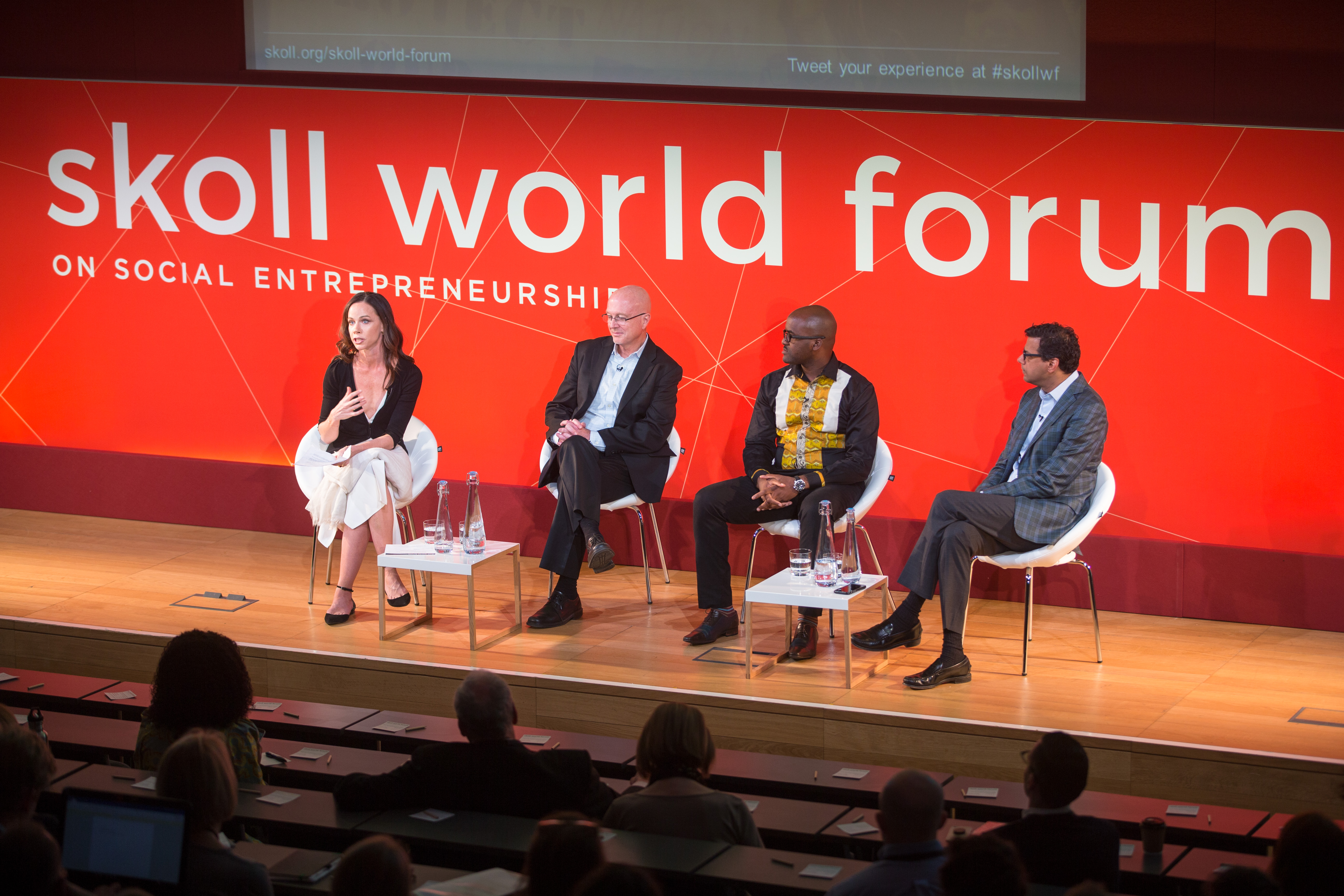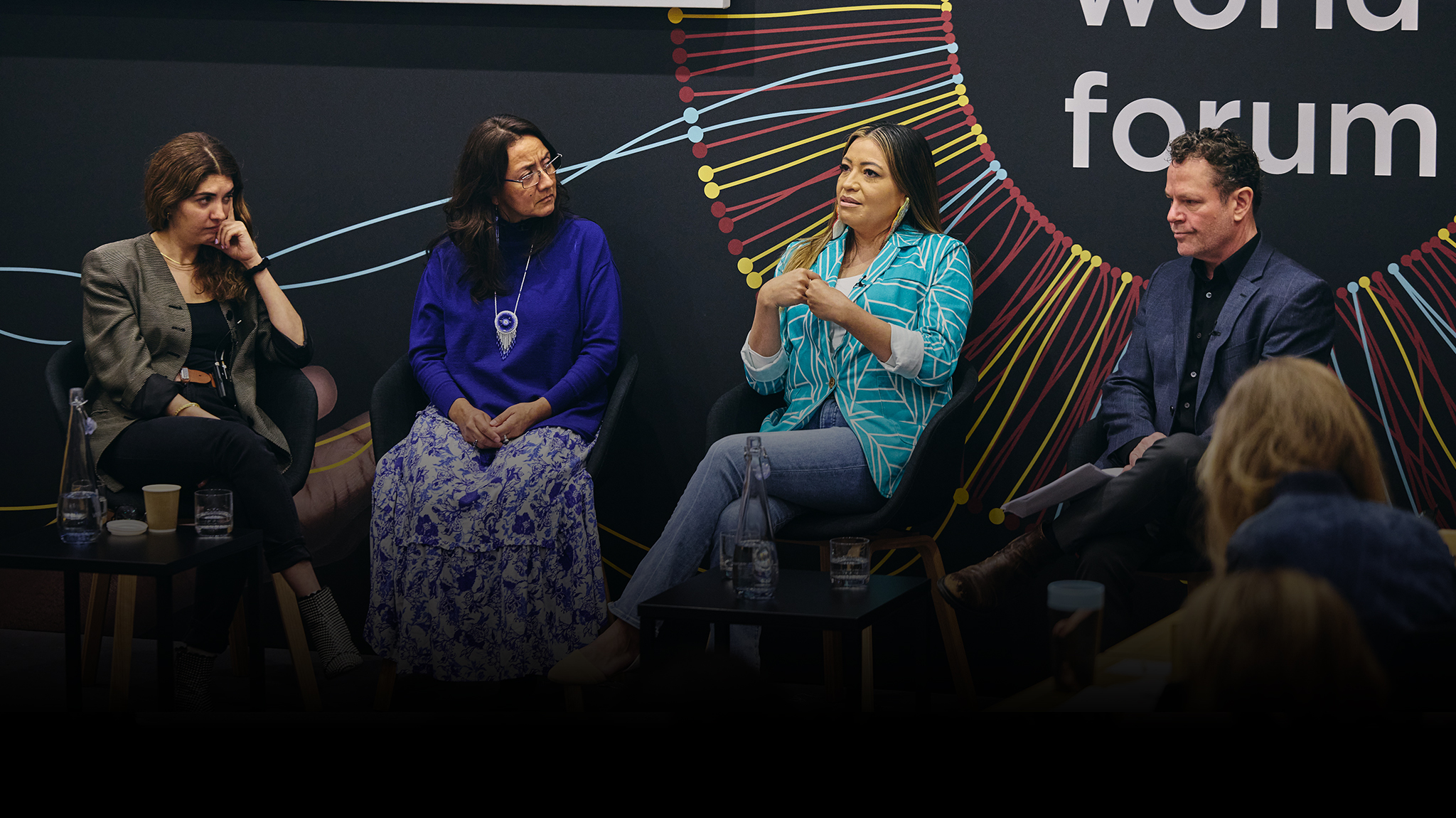Skoll World Forum 2017 Reflection: Global Health, from Innovation to Implementation
“Global health is a marathon, not a sprint.” — Barbara Bush, Global Health Corps
The race often starts with great excitement over big breakthroughs: new vaccines and treatments, new technologies that solve key problems. But then, around the bend and through the tunnels where there are no cheering spectators, comes the hardest part: getting lifesaving drugs, vaccines, devices, and treatment approaches into widespread practice, reaching places where the need is greatest.
Global Health Corps, PATH, Ariadne Labs, and Médecins sans Frontières, known also as Doctors Without Borders, are global leaders advancing knowledge and practice to make quality healthcare available to everyone, everywhere. What will it take? Systems thinking. Understanding that to get from zero to one, 100 to 1,000, and so on, requires at each level a degree of innovation equal to the first discovery.
Humans must be at the center of the process, both the humans who drive the systems, and the humans the systems serve. Collaboration. Feedback. Integration with systems that are not medical but have a profound impact on health.
“You cannot make anything happen without attention to detail, and without being able to grasp what are the most important details.” — Atul Gawande, surgeon and writer; founder, Ariadne Labs.
Many people still die from diseases for which preventive measures, vaccines, or treatments are known. Health systems fail them because of missing or broken links. Sometimes the barriers to delivery are tangible: distance, bad roads, lack of resources.
More often, people are the problem. Getting people to share knowledge in groups, and getting health clinics and other institutions to adopt practices known to improve health outcomes, has three critical components. First, they need to understand and agree on priorities. Second, they need to have the right people on board to get the work done. Third, they have to pull together in the right direction.
It’s complex, and hard. It isn’t additive. You can solve it in one system but then you have to start from zero in another system.
“We started re-thinking, if our commitment was to get innovation to scale, our customer was people at the national level who ultimately were going to implement and design anything that was going to scale up.” –Steve Davis, PATH
Over the past generation the world has experienced extraordinary progress with reductions in mortality and morbidity, advances in data and digital science, and political commitments to community health and community health workers. The remaining challenges will not be solved by the medical profession, doctors and nurses. They will be overcome by bringing in advocacy, economists, building designers, behaviorists, people who are willing to play beyond their usual lane.
This kind of multi-sectoral partnership is actually impeded by current funding paradigms defining outcomes in terms of projects, and demanding results in shorter and shorter project cycles. Entry of new donors and new approaches to the field can put huge pressure on front-line personnel. Transaction costs increase to maintain relationships, report data in multiple, uncoordinated formats, and address the frustrations that come with multiplication of experiments and pilots at the expense of core funding for proven but un-charismatic work. The solution lies in focusing on meeting the needs of the systems that deliver the services, and on their achievement of the key elements of effective collaboration.
“It’s critical to ensure that the people who are from where we’re working are involved at high levels.”
–Yap Boum II, Epicenter Africa (research arm of Médecins sans Frontières)
Many well intentioned and thoughtfully designed initiatives fail because the people charged with delivery don’t understand or don’t agree with the premises and plans, or because there are local or cultural barriers to adoption. Building human capacity, and investing in local leadership increases the likelihood of hearing and being able to benefit from the knowledge of people who will say exactly what they need and know how to engage with the key actors.
Watch the entire conversation below.



